Ditapis dengan
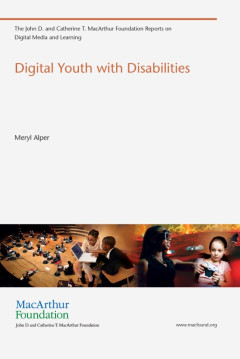
Digital youth with disabilities
An examination of media and technology use by school-aged youth with disabilities, with an emphasis on media use at home.Most research on media use by young people with disabilities focuses on the therapeutic and rehabilitative uses of technology; less attention has been paid to their day-to-day encounters with media and technology—the mundane, sometimes pleasurable and sometimes frustrating …
- Edisi
- -
- ISBN/ISSN
- 9780262527156
- Deskripsi Fisik
- ix, 106p. : ill.
- Judul Seri
- -
- No. Panggil
- 305.908083 ALP d
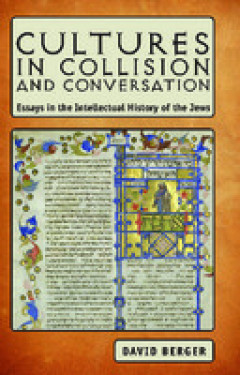
Cultures in Collision and Conversation :Essays in the Intellectual History of…
In Cultures in Collision and Conversation, David Berger addresses three broad themes in Jewish intellectual history: Jewish approaches to cultures external to Judaism and the controversies triggered by this issue in medieval and modern times; the impact of Christian challenges and differing philosophical orientations on Jewish interpretation of the Bible; and Messianic visions, movements, and d…
- Edisi
- -
- ISBN/ISSN
- 9781618117915
- Deskripsi Fisik
- XIII, 367 p.
- Judul Seri
- -
- No. Panggil
- 296.39 BER c
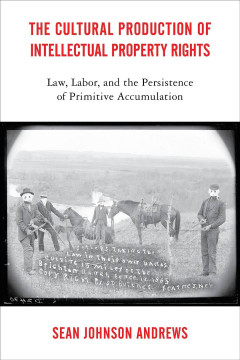
The Cultural production of intellectual property rights
This book looks at questions of intellectual property rights (IPR) -- historically, culturally, and politically -- and their relationship to law and the state. Arguing that the idea that intellectual property is another kind of property right (that is, that IP is a thing to be owned) exists in parallel with the idea that intellectual property is the consequence of a cultural process, Andrews di…
- Edisi
- -
- ISBN/ISSN
- 9781439914298
- Deskripsi Fisik
- -
- Judul Seri
- -
- No. Panggil
- 301 JOH c
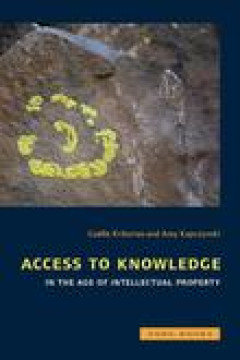
Access to knowledge in the age of intellectual property
A movement emerges to challenge the tightening of intellectual property law around the world.At the end of the twentieth century, intellectual property rights collided with everyday life. Expansive copyright laws and digital rights management technologies sought to shut down new forms of copying and remixing made possible by the Internet. International laws expanding patent rights threatened th…
- Edisi
- -
- ISBN/ISSN
- 9781890951979
- Deskripsi Fisik
- 649 p.
- Judul Seri
- -
- No. Panggil
- 346.048 KRI a

Scholars in exile:the Ukranian intellectual world in interwar Czechoslovakia
Throughout the 1920s and 30s Prague was the intellectual center of Ukrainian émigrés in Europe, not least because of significant financial support from the Czechoslovak government and its first president, Tomáš Garrigue Masaryk, for émigré students and intellectuals. On the basis of extensive archival research in Ottawa, Prague, and Kyiv, Zavorotna outlines the continuation of Ukrainian s…
- Edisi
- -
- ISBN/ISSN
- 9781487530204
- Deskripsi Fisik
- xvi, 260p.: ill.
- Judul Seri
- -
- No. Panggil
- 943.700491791009042 ZAV s
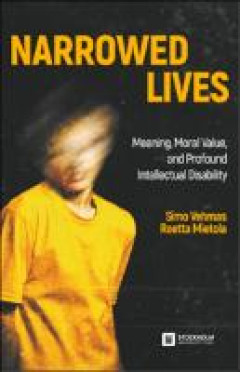
Narrowed lives :meaning, moral value and profound intellectual disability
What is day-to-day life like for people with profound intellectual and multiple disabilities who live in group homes? How do they express their desires and wishes? How do care workers think about them and treat them? Do they have basic rights to activities most of us take for granted: activities like sociability, sexuality, and moral affirmation? Narrowed Lives is an illuminating portrait of wh…
- Edisi
- -
- ISBN/ISSN
- 9789176351482
- Deskripsi Fisik
- xxii, 252p.:
- Judul Seri
- -
- No. Panggil
- 362.41092 VEH n
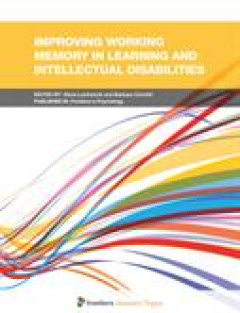
Improving working memory in learning and intellectual disabilities
The last forty years of research have demonstrated that working memory (WM) is a key concept for understanding higher-order cognition. To give an example, WM is involved in reading comprehension, problem solving and reasoning, but also in a number of everyday life activities. It has a clear role in the case of atypical development too. For instance, numerous studies have shown an impairment in …
- Edisi
- -
- ISBN/ISSN
- 9782889198979
- Deskripsi Fisik
- 158p.: ill.
- Judul Seri
- -
- No. Panggil
- 370.15 IMP i
 Karya Umum
Karya Umum  Filsafat
Filsafat  Agama
Agama  Ilmu-ilmu Sosial
Ilmu-ilmu Sosial  Bahasa
Bahasa  Ilmu-ilmu Murni
Ilmu-ilmu Murni  Ilmu-ilmu Terapan
Ilmu-ilmu Terapan  Kesenian, Hiburan, dan Olahraga
Kesenian, Hiburan, dan Olahraga  Kesusastraan
Kesusastraan  Geografi dan Sejarah
Geografi dan Sejarah